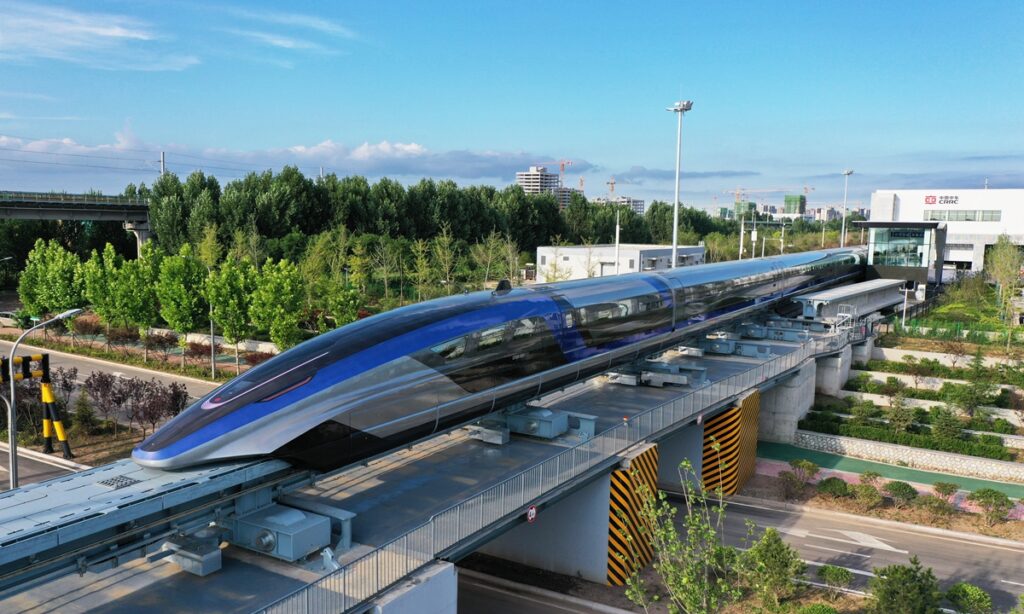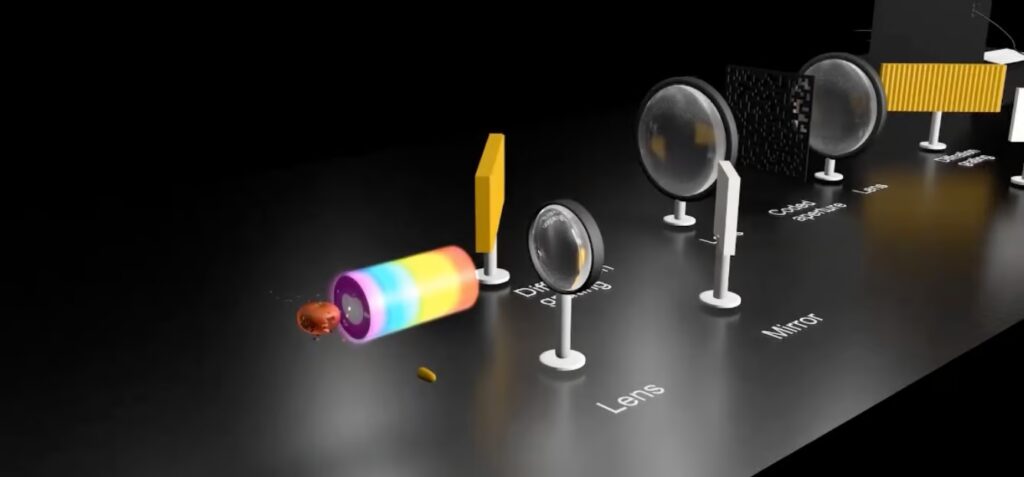According to EurAsian Times, a new record was achieved by China’s next-generation high-speed train during a test run, with the train reaching speeds of 281 miles (453 km) per hour. When two trains are traveling in opposing directions, their relative speed reached an incredible 553 miles (891 km) per hour.
Transporting passengers and goods on a high-speed rail line is an efficient use of resources. Electrified and energy-efficient trains can provide environmentally acceptable alternatives to air travel at a time when nations are trying to minimize their carbon emissions.


Trains can close the time gap between their trip time and that of the other mode by clocking in at faster speeds. It would take a train traveling 248 miles (400 km) per hour, or about the same as the average flight time, to travel the distance between the Chinese capital of Beijing and the city of Shanghai.
Read More: Overstock Becomes Bed Bath & Beyond
Technology Development Initiative for the CR450
The Shanghai Maglev Train System is part of China’s extensive rail network, which is the largest in the world. The train is levitated above the rail using electromagnetic technology, allowing it to move at speeds of up to 310 miles (500 km) per hour with minimal resistance.
China is simultaneously developing maglev technology in some regions while also investigating methods to boost train speeds using its existing infrastructure. One such initiative is the China Railway 450 Technology Innovation Project, which is part of the 14th Five-Year Plan (2021-25) for the government.
China Railway recently finished a test run along a part of its network from Fuqing to Quanzhou in East China’s Fujian Province, and researchers from the Chinese Academy of Railway Sciences announced earlier this year that the CR450 was closer to getting ready.
The Meizhou Bay cross-sea bridge, an integral section of the 277-kilometer-long (172-mile) Fuzhou-Xiamen high-speed railway, was the site of the testing. According to a CGTN report, the country has conducted more than 57 experiments to ensure the safety and viability of new technology employed in the CR450 project.
Read More: Next-Gen Generative AI Video Earns Runway $141 M
Comparing China’s High-Speed Rail to the Rest
The Shinkansen, or bullet train, in Japan first ran in 1964 and reached speeds of up to 220 kilometers per hour (136 mph). The newest iterations of these trains may reach speeds of up to 320 kilometers per hour (198 mph).
The KTX high-speed rail line in South Korea can reach speeds of 261 miles (421 kilometers) per hour, while the Frecciarossa in Italy can reach speeds of 248 miles (400 kilometers) per hour.
The CR450 train in China recently set a new world record speed of 281 miles (453 km) per hour, surpassing all other high-speed trains in operation throughout the world at the time.
The CR Fuxing, another China Railways project, has reached speeds of 260 miles (420 km) per hour during testing. The Fuxing trains, which are made in China, are notable since they do not use any licensed or patented technology from any other train manufacturer.
FAQs
A maglev train is a train that uses magnetic levitation to travel. This means that the train is not in contact with the track, which eliminates friction and allows the train to reach very high speeds.
China’s new maglev train has a top speed of 281 miles per hour (453 kilometers per hour). This makes it the fastest train in the world.
Maglev trains are more expensive to build than traditional trains. They also require a special track infrastructure, which can be costly to install.




